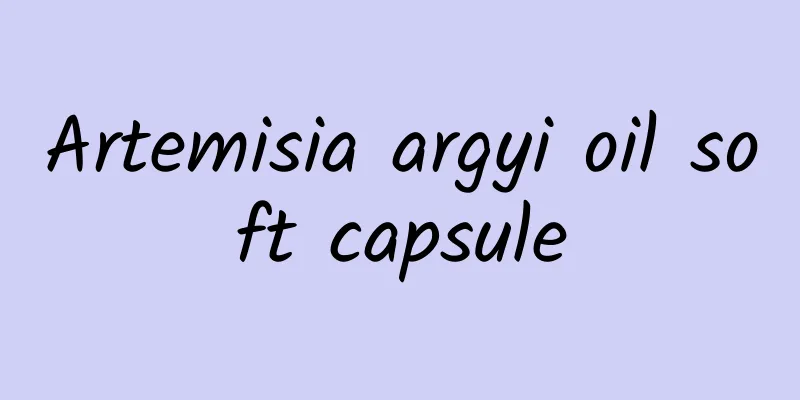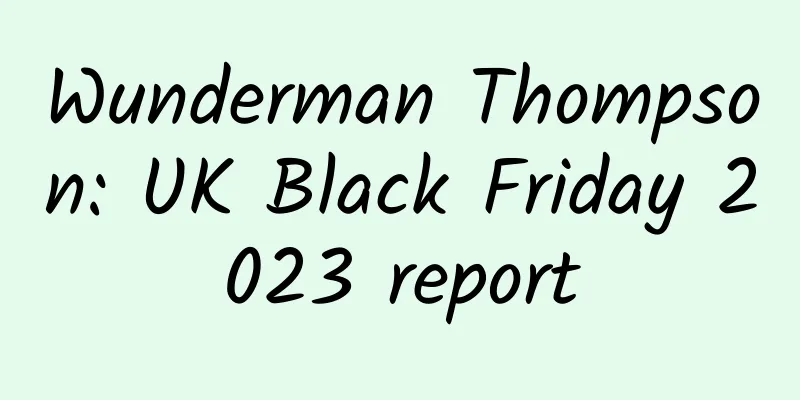The efficacy and function of Angtianlian

|
Angtianlian is a traditional Chinese medicinal material. There are precedents of using Angtianlian to treat diseases in ancient times, so we can eat it with confidence. Next, I will mainly introduce to you the effects of Angtianlian. [Alias] Ghost cotton, Yangtian cup, water hemp, false hibiscus. [Source] Medicinal material source: The root of the plant Antalya of the Sterculiaceae family. [Original form] A shrub of the herbaceous plant, 1-4m high. Young branches densely stellately hairy. Leaves are alternate; petiole is 1-10cm long; stipules are linear, 5-10mm long, and fall off; leaf blade is cordate or ovate-cordate, sometimes 3-5 shallowly lobed, 10-22cm long, 9-10cm wide, with acute or acuminate apex, cordate or obliquely cordate base, glabrous or sparsely stellate pubescent above, densely covered with short hairs below; basal veins are 3-7, and veins are raised on both sides. The cyme has 1-3 flowers, with 5 sepals, lanceolate, united near the base, 15-18mm long, densely pubescent on both sides; 5 petals, reddish purple, spoon-shaped, up to 2.5cm long, acute or obtuse at the apex, depressed and hairy at the base, united with the base of the staminodes; 15 developed stamens, 3 of each gathered into a bundle, united at the base of the staminodes and alternate with the staminodes, 5 staminodes, nearly spoon-shaped, hairy on both sides; ovary oblong, about 1.5mm long, slightly hairy, 5-chambered, with 5 grooves, about 1.5mm long, style triangular-shaped tongue-shaped, about 1/2 the length of the ovary. The capsule is membranous, inverted conical, about 3-6cm in diameter, covered with stellate hairs, with 5 longitudinal wings, with long hairs on the edges, and truncated at the apex. Seeds are numerous, oblong, black, and about 2 mm long. Flowering period: spring and summer. [Habitat distribution] Ecological environment: Grown on the edge of valleys or forests. [Properties] Biological characteristics: It prefers warm climate, is slightly drought-resistant, and not cold-resistant. It is not very demanding on soil, but it is best to plant it in sunny, fertile and loose sandy loam. [Chemical composition] The root bark contains maslinic acid, α-amyrin, protocatechuic acid, vanillic acid and caffeic acid, etc. 【Nature and flavor】 slightly bitter; pungent; neutral 【Functions and indications】Regulates menstruation and promotes blood circulation; reduces swelling and relieves pain. Mainly used for irregular menstruation, sores, boils, and injuries from falls [Usage and Dosage] For oral use: decocted in water, 9-15g. For external use: take appropriate amount and mash it for application; or soak it in wine and apply it. 【Excerpt】 Chinese Materia Medica The above is an introduction to the Chinese medicinal herb Angtianlian. For medicinal herbs that we don't understand, we should learn more about them so that we can make full use of them in our lives and not be at a loss. |
<<: The efficacy and function of Anhui Phellodendron chinense
>>: The efficacy and function of paper mulberry root
Recommend
Why were dogs domesticated?
Recently I saw an interesting topic: If dogs rule...
The efficacy and role of Huaye Trauma
As we all know, Huaye Diudao is a very common med...
Will you get vaginitis if you put on clothes "instantly" after taking a shower? 9 little-known facts about women that many people don't know!
I believe that everyone has heard some little-kno...
Does motherwort cause uterine contraction?
As for motherwort, it is indeed the effect of ute...
The efficacy and contraindications of star anise
Star anise often appears in our dishes. It is a c...
One picture to understand | Beijing carries out antigen testing! How to read the "two bars" of the new coronavirus?
Beijing will carry out antigen testing among peop...
The efficacy and function of red back leaves
In fact, the occurrence of many human diseases is...
What are the effects of motherwort pollen
Motherwort is a kind of flower and also a kind of...
Luffa vine for sinusitis
Sinusitis can cause postnasal discharge, general ...
Birds called "stupid birds" are actually very smart | Nature Trumpet
Welcome to the 77th issue of the Nature Trumpet c...
Where does the waste from the ship's toilet go? Is it discharged directly into the sea to feed the fish?
If you were to ask which is the most polluted riv...
National Low Carbon Day | Geological Hydrogen: A Green Energy Treasure Hidden Deep Underground
Today is National Low Carbon Day. With the rapid ...
It's not just the workers who have to compete, the competition for ribosomes is not easy either!
Nowadays, competition is rampant in all walks of ...
The efficacy and function of Yunnan mung bean
Traditional Chinese medicine requires the use of ...
State Post Bureau: China's annual express delivery volume will exceed 150 billion pieces for the first time on November 17, 2024
Monitoring data from the State Post Bureau showed...









